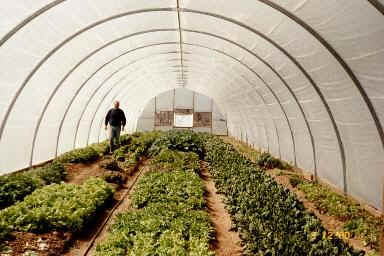Honey and Bees
Right now all I can think about is how much I want some honey.
Over the last few weeks we have been hearing a lot about honey, and the bees that make it. We have watched a movie (More than Honey) and had a number of people from the Planet Bee foundation and from UCSF come in to class to talk to us about bees, their honey, their pests, and how much we need them in our lives.

As much as I love honey, we could all probably live without it. However, bees are responsible for pollinating at least 30% of the worlds crops. Many delicious fruits (tangerines and apples), as well as a number of nuts (hazelnut and walnut), grains (buckwheat) and vegetables (avocado and broccoli) would all probably die out without bees to pollinate them. Beyond the vegetables, many of our cattle are also fed with plants or grains that are pollinated by bees, so they would also be affected. Clearly this is not a desirable outcome, but over the last decade or so, bee populations have been shrinking rapidly as a result of disease and the mysterious colony collapse disorder where many bees suddenly decide to leave the hive and queen.
Bee hives are populated by the queen bee and the worker bees, both of which are female, and drones, the males.
Queen bees lay approximately 1,500 eggs a day and can store multiple types of sperm in their abdomens, ensuring diversity within the hive. Drones don’t do any of the work in the hive and only live for the chance to mate with queen bees from other hives. Once the drones mate, they die, and any remaining drones will be killed off by the worker bees before winter. Although the worker bees do all the work and the drones are necessary for mating, the queen is clearly the most important part of the hive, which is what makes colony collapse disorder so strange. Normally the worker bees would never leave a queen behind because they would have no one to lay fertile eggs, but this phenomenon is becoming more and more common.
Another reason for decreasing bee populations is pests and disease. The most prevalent and dangerous pest for honey bees is the varroa mite which bites bees on their necks and feed on their blood. However, foulbrood, when bacterial spores infect larvae, and deformed wing virus are also serious issues.
One speaker from UCSF came in to tell us all about zombie bees which are bees that have fly eggs hatching inside of them and eating their way out. These flies cause the bees to fly out at night, gather around lights, and wander around in circles, much like the zombies they are named after. Many beekeepers are forced to feed the bees antibiotics to ward off these pests and diseases, and now most bees in America can’t survive without antibiotics.
Clearly the falling bee population is a problem, but sustainable small scale beekeeping may be the answer. Regardless, if something isn’t done soon, we will end up like the people in China who have to hand pollinate all of their fruit trees.
Lets hope that we can get a beehive for our farm!














.jpg)
.jpg)
.jpg)
.jpg)
.jpg)
















